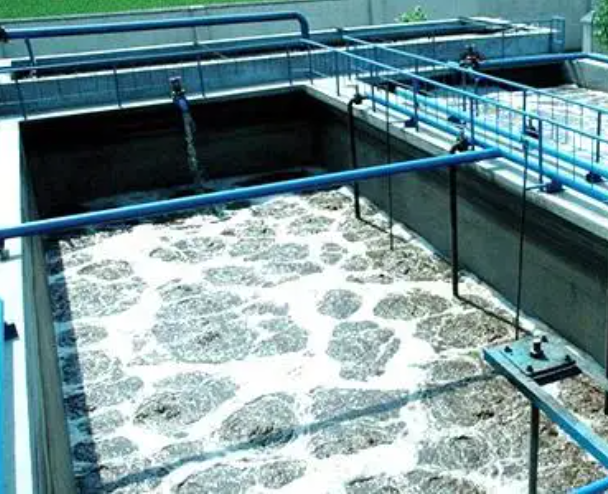- Home
- Products
-
-
Solids Control Equipment
- Linear Motion Shale Shaker
- Decanter Centrifuge
- Mud Cleaner
- Vacuum Degasser
- Centrifugal Pump
- Shear Pump
- Submersible Slurry Pump
- Mud Agitator
- Mud Gun
- Jet Mud Mixer
- Desilter
- Water Tank
- LS606 Shale Shaker
- Mud Tank
- LS1850 Shale Shaker
- Diesel Tank
- Dome-shaped mud cleaner
- Vertical cyclone desilter
- KQG30 Automatic Tank Cleaning
- MD210 Drilling Mud Cleaner
-
Solids Control System
- Drilling Mud Cooling System
- Solids Control System
- Mobile Solids Control System
- Arctic Solids Control System
-
TBM
- Tunnel Boring Mud System
-
HDD
- HDD Mud Recovery System
-
-
- News
- Services
- Marketing
- About Us
- Contact Us
- Videos
Home > KOSUN News >
Electroplating Wastewater Treatment Solutions
Jun 17, 2022
1. Features
The waste water produced by electroplating is highly toxic and harms the growth of soil, animals and plants. Therefore, it is necessary to strictly deal with the discharge of wastewater up to the standard, and to implement the recycling of wastewater treatment up to the standard in water-deficient areas. In terms of technical production, a certain amount of various chemicals must be added in the electroplating production process and wastewater treatment process. Electroplating wastewater can be recycled and reused after treatment. The reused water must be desalinated before it can be reused as water in the production line. The total salt content in the environment will not be reduced, and the concentrate from the resin exchange and reverse osmosis processes will still return to the ground.

2. Composition classification
According to the classification of heavy metal elements contained in heavy metal wastewater, it can generally be divided into chromium (Cr) wastewater, nickel (Ni) wastewater, cadmium (Cd) wastewater, copper (Cu) wastewater, zinc (Zn) wastewater, Gold (Au) wastewater, silver (Ag) wastewater, etc.
3. Processing technology
Air flotation method: The principle of air flotation method used to treat chrome-plating wastewater is: ferrous sulfate and hexavalent chromium undergo a redox reaction under acidic conditions, and then flocculate is formed under alkaline conditions, which are used under the action of countless fine bubbles. The flocs surfaced and the water became clear.
Ion exchange method: one of the effective means to treat electroplating wastewater and recover some metals, and it is also an important link to make some types of electroplating wastewater achieve closed-circuit circulation. However, the investment cost of the ion exchange method is very high, the system design and operation management are more complicated, and it is difficult for ordinary small and medium-sized enterprises to adapt to it, and the expected results are often not achieved due to poor maintenance and management. certain restrictions.
At present, it is more common to use ion exchange method to treat electroplating wastewater containing chromium and nickel in China, and there is relatively mature experience in design, operation and management. After treatment, the water can meet the discharge standard, and the quality of the effluent is good, and it can generally be recycled. The regenerated eluent after resin exchange adsorption saturation can be reused in the plating tank after adjusting and purifying the components of the electroplating process, basically realizing a closed-circuit circulation. In addition, the ion exchange method can also be used to treat wastewater containing copper, zinc and gold.
Electrolysis: Electrolysis treatment of electroplating wastewater is generally used in small and medium-sized factories. Its main features are that it does not need to add treatment chemicals, the process is simple, the operation is convenient, and it occupies less production space. At the same time, due to the high purity of recovered metals, it is used to recover valuable Metals have good economics. However, when the amount of water to be treated is large, the electrolysis method consumes a large amount of electricity and consumes a large amount of iron plates. At the same time, the separated sludge is as difficult to dispose of as the chemical treatment method, so it is less used.
Extraction method: The extraction method is to use a solvent that is insoluble in water but can dissolve a certain substance (called a solute or extract) in the water to be added to the wastewater, so that the solute is fully dissolved in the solvent, thereby separating and removing or recovering a certain substance from the wastewater. method of matter. The extraction operation process includes three main processes of mixing, separation and recovery.


